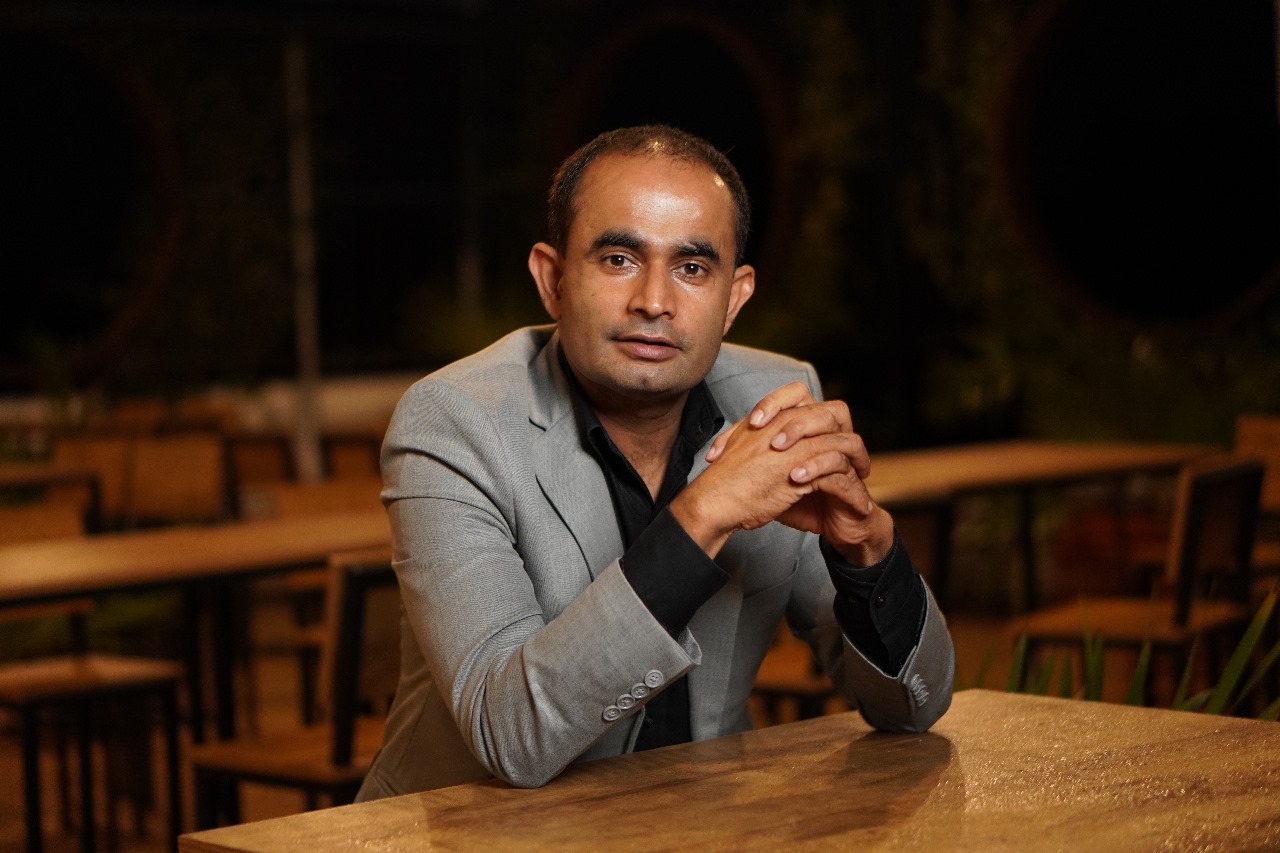At many startups, leadership is a bottleneck. The founder is the chief decision-maker, problem-solver, and brand voice—until growth stalls or chaos creeps in. But Sabeer Nelli, founder and CEO of Zil Money, is taking a different path.
Rather than centralizing leadership, he’s building a company where leadership is distributed—where team members at every level are equipped to think independently, act decisively, and lead initiatives without constant oversight.
This approach isn’t just smart—it’s sustainable. It ensures that Zil Money will thrive not only while Sabeer is at the helm, but long after. And in a fintech world where scaling often outpaces internal development, it’s a competitive advantage that’s difficult to replicate.
Why Founder Dependence Limits Growth
Many founders struggle to let go. They know the product, the market, and the mission better than anyone. But as companies grow, this hero-leader model starts to crack:
- Bottlenecks form when every decision goes through one person
- Talent gets frustrated without room to own and drive
- Innovation slows when ideas must be filtered through hierarchy
- The company’s future becomes fragile if the founder ever steps back
Sabeer saw these risks early—and built Zil Money to avoid them.
Empowerment by Design, Not Delegation by Default
At Zil Money, empowerment isn’t reactive. It’s intentional. It’s baked into the hiring process, onboarding structure, team rituals, and decision-making framework.
From day one, new team members are told: “This is your domain. You own it.”
This shows up in practical ways:
- Product managersdrive roadmap priorities—not just execute orders
- Engineerscan propose and lead feature revamps
- Support leadsare trained to flag systemic issues and initiate fixes
- Compliance officersare part of strategy conversations, not just postmortems
Sabeer believes the best leaders are grown—not appointed. And that belief shapes how his teams function.
Mentorship Embedded in Operations
Rather than host formal mentorship “programs,” Sabeer mentors through proximity and practice. He operates in the open—inviting team members into:
- Executive strategy sessions
- Product planning meetings
- Sales and partnership reviews
- Compliance and risk evaluations
This visibility allows emerging leaders to learn how leadership actually happens—how trade-offs are made, how pressure is handled, how direction is set without micromanaging.
And when a leader steps up with initiative, Sabeer’s response is consistent: “Try it. Own it. I’ve got your back.”
Relatable Example: From Support Agent to Product Influencer
One of Zil Money’s product features—bulk check mailing—was refined after a support agent noticed a recurring user pain point. Instead of passing it up the ladder and waiting, the agent:
- Documented the issue
- Suggested a solution
- Prototyped a mockup with the design team
- Presented it in a product meeting
Rather than gatekeep, Sabeer encouraged the effort—and within weeks, the feature was re-scoped and launched. That agent now works with the product team part-time, bridging support and development.
This story isn’t rare at Zil Money—it’s the culture in action.
Leadership That Scales With Structure
Empowerment doesn’t mean chaos. Sabeer knows that for decentralized leadership to work, teams need:
- Clear objectives
- Documented expectations
- Transparent escalation paths
- Routine feedback loops
That’s why Zil Money runs:
✅ Weekly team huddles with metrics and blockers
✅ Quarterly retrospectives with cross-functional learnings
✅ Open-door leadership check-ins for idea vetting
✅ Rotational leadership roles for rising stars
These practices turn “potential” into performance, and performance into ownership.
Advice for Founders: How to Build Internal Leaders
Sabeer’s methods can be applied in any growing business. Here’s his playbook in action:
- Create Shadowing Opportunities
Let team members sit in on strategy meetings—even silently. The exposure accelerates growth and builds trust.
- Reward Problem-Solving, Not Just Performance
Don’t only celebrate KPIs. Celebrate initiative, pattern recognition, and systems thinking. These are the seeds of leadership.
- Decentralize Decision-Making Where Safe
Create “decision zones” where teams can act autonomously, without waiting for top-down approval.
- Encourage Upward Feedback
Make it normal—and safe—for junior employees to challenge processes, propose features, or flag risks.
- Invest Time in 1:1s With Future Leaders
Mentorship doesn’t scale infinitely—but early attention builds long-term multipliers. Coach now, and you’ll lead less later.
Why This Matters for the Long Term
Zil Money isn’t just a fintech platform—it’s an ecosystem. One that’s growing more complex as it expands into:
- Payroll by credit card
- White-labeled APIs
- Global payments infrastructure
- Compliance across jurisdictions
This complexity can’t be managed by one person. It requires a bench of leaders who understand the vision and can execute autonomously.
And that’s exactly what Sabeer is building.
Final Thought: Real Leaders Build Leaders
Some founders are content to be the star. But Sabeer Nelli plays a longer game. He isn’t just building a company—he’s building a team of future CEOs, each equipped to solve, scale, and sustain.
He leads with clarity, not control. He empowers with guardrails, not micromanagement. And he grows Zil Money not by doing more himself—but by helping others do more confidently.
Because in the end, the best legacy isn’t the product you built. It’s the people you prepared to build what comes next.
And under Sabeer’s watch, that legacy is already in motion.































